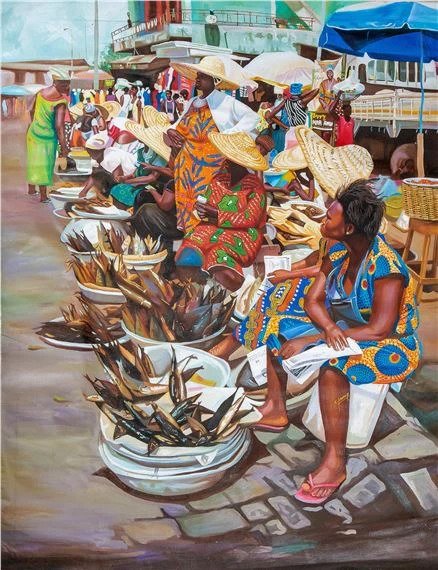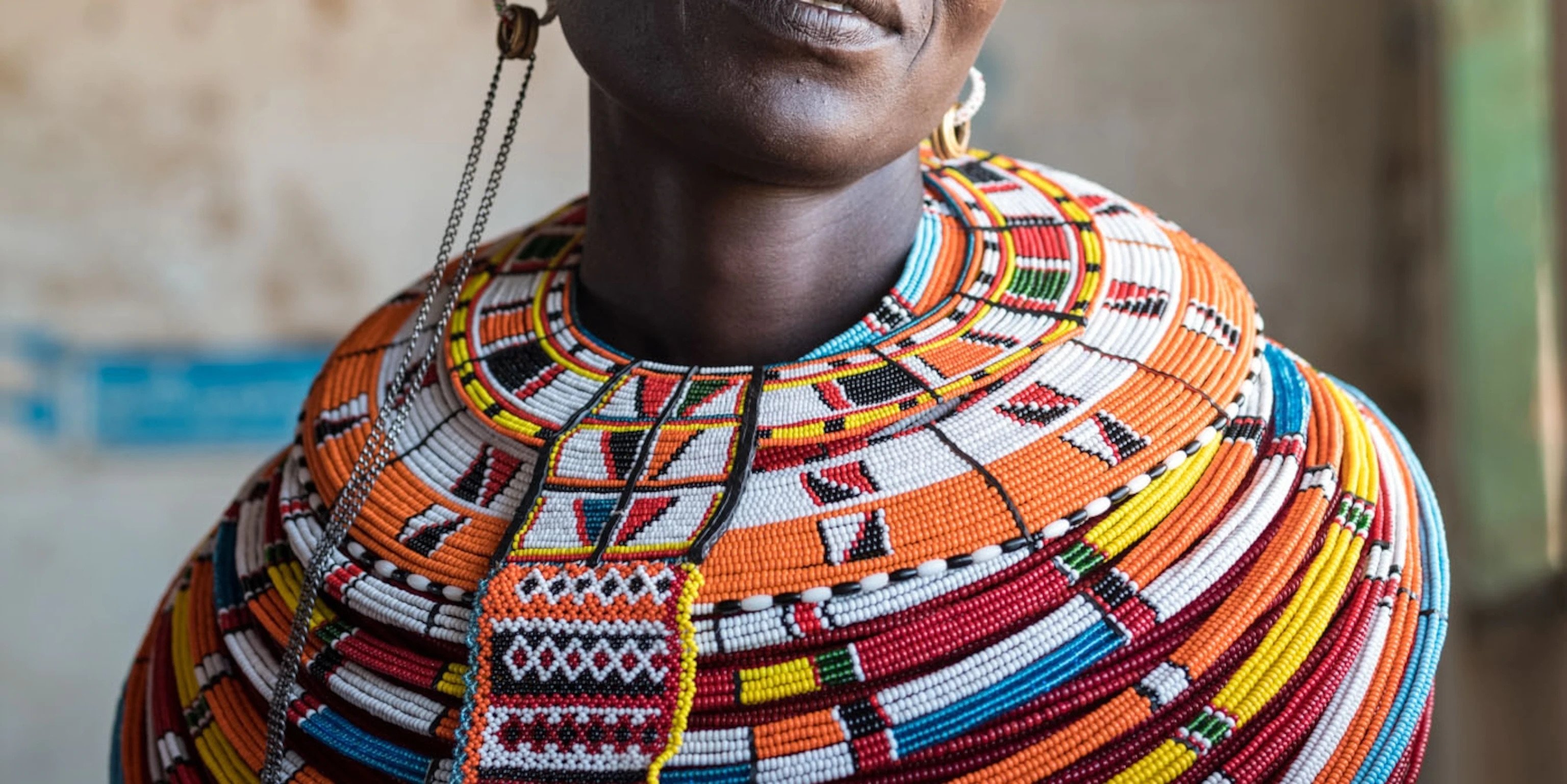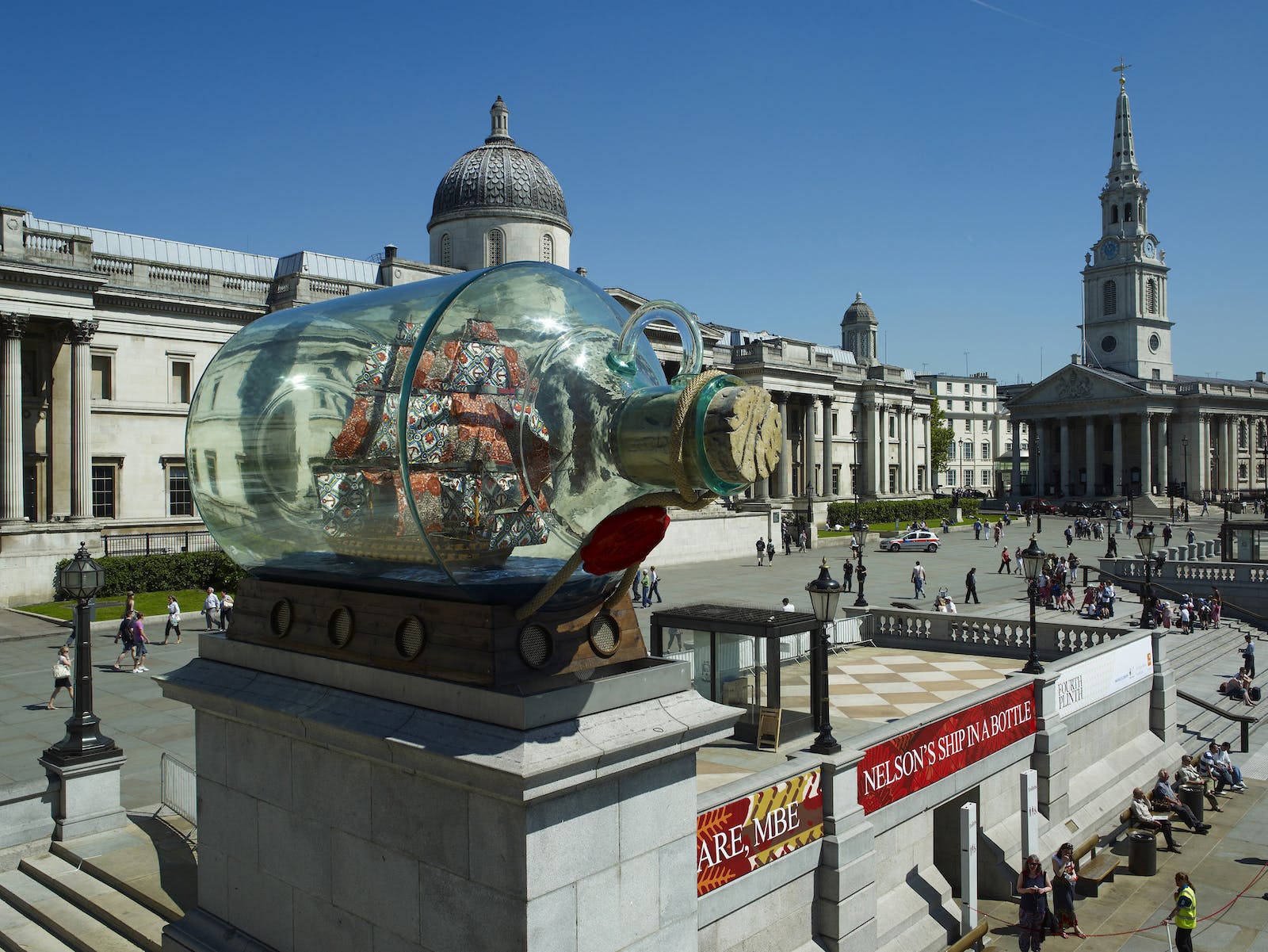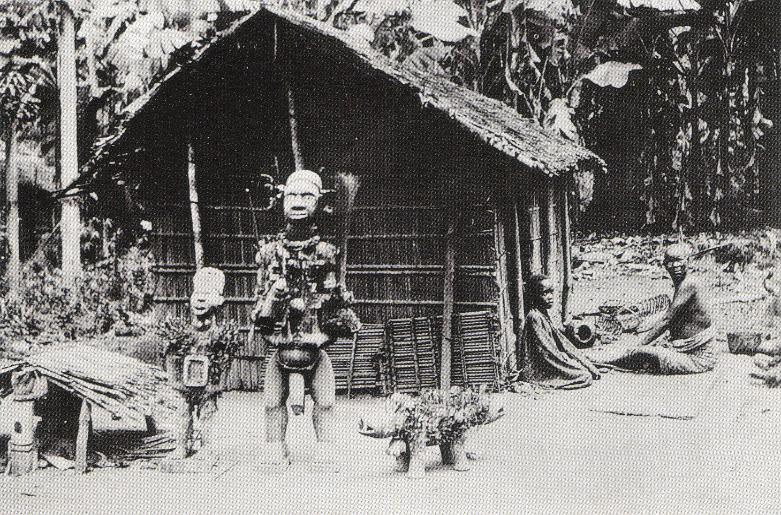News
Marketer Magazine: On The Record: Conducting Strong Interviews with the Media
African Art: The Continent and Diaspora United
African Art has only been recently recognized by the Eurocentric fine arts community. In modern times, the term “African Art” has been expanded to include artists who have immigrated but continue to be influenced by their African heritage, an influence visible in their work. The African diaspora is present in the art pieces our Covalenteers have chosen this month, with one of the pieces being by a British-Nigerian artist.

Julie chose the piece “Day Break” by Ghanian artist Cornelius Annor to highlight, as she especially loved “the vibrant images of daily life.”

Stacey chose traditional African beaded necklaces as her piece, saying “To me, the notion of jewelry as art is no better represented than within African tribal culture. It's stunningly beautiful, bold and expressive. The time and creativity that go into creating it is remarkable. Beyond that, I love that it exudes pride. Pride of place, pride of people.”

And Katie, inspired by the beautiful balance of fantasy and history, chose British-Nigerian Yinka Shonibare’s “Nelson’s Ship in a Bottle” because I love that the piece is publicly displayed outside of the National Maritime Museum in London where anyone can see it at any time of the day. It's also mysterious how the ship ended up inside the bottle.”

Trent was intrigued by the haunting and reverent nature of the Congolese Fetish Statues, which were protective figures used by individuals, families, or whole communities to destroy or weaken evil spirits, prevent or cure illnesses, repel bad deeds, solemnize contracts or oath-taking, and decide arguments.These dolls could only be used by spiritual specialists, known as nganga, and the rituals the nganga performed had a very narrow scope – veering outside of this scope would be considered witchcraft.
How long have you appreciated the beautiful works by African artists? What aspects of culture do you see highlighted in these pieces of art?
